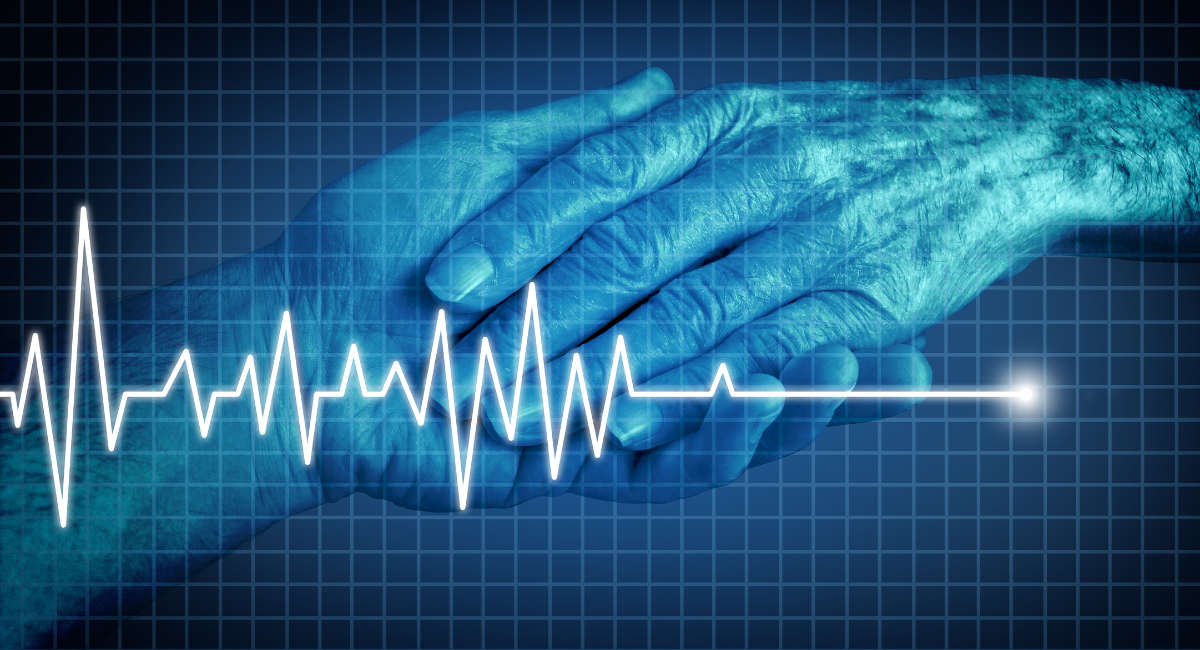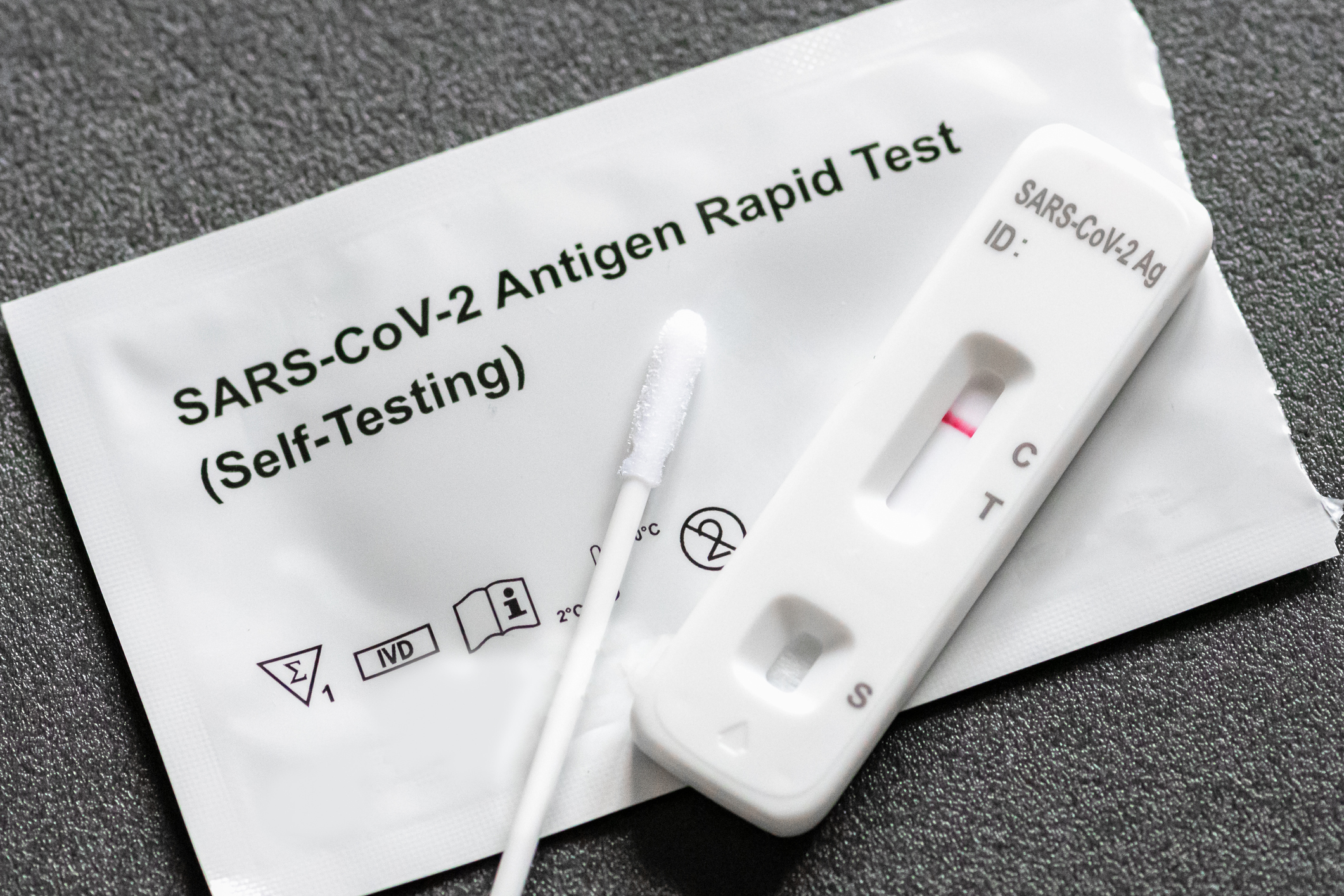The brain is the center of who we are and everything that we do. The activity of our brain may be seen in every thought and deed that we carry out. Therefore, it is easy to see why the possibility of one’s brain being affected by disease would induce feelings of dread.
A devastatingly uncommon kind of cancer, brain cancer accounts for just 2% of all occurrences of cancer that are diagnosed on a global scale. The abnormal development and cell division inside the brain are what is meant by the term “brain cancer.” Brain tumors can be benign or cancerous, and cancerous brain tumors can be further subdivided into primary brain tumors, which originate in the brain, and secondary brain tumors, which originate in another part of the body and then spread (metastasize) to a brain. Primary brain tumors are more common than secondary brain tumors.
Any kind of tumor, whether benign or malignant, has the potential to increase the mass of the brain, which in turn generates pressure inside the restricted area of the skull. The stony skull is very firm and unbending in its structure. Any kind of intrusion into this restricted region raises intracranial pressure, which may cause damage to the brain, unconsciousness, and even death if it’s severe enough.
Related: The Crucial Elements of Skin Cancer
Different kinds of brain tumors
The distinction between benign and malignant tumors is the primary division between the many subtypes of brain tumors. Benign brain tumors are the kind of brain tumors that are the least dangerous and develop the slowest. They do not have any malignant cells, and their prognosis after therapy is looking promising.
Brain cells, supporting cells, and other types of tissue found within and around the brain may all contribute to the development of malignant and cancerous brain tumors. These are tumors of a very high grade. The process of grading tumors entails assigning a score between 1 and 4 to growth, with scores of 1 and 2 representing low grades and scores of 3 and 4 representing high grades. Benign tumors are low-grade, meaning they develop slowly, are confined, have a reduced risk of spreading, and are unlikely to come back after being removed. On the other side, malignant tumors, also known as cancerous tumors, are graded as high, which indicates that they have a rapid growth rate, may invade neighboring tissues, and are more likely to recur after being removed.
Primary and secondary tumors are the two categories that fall under the umbrella of cancerous tumors.
Cancerous tumors found in the brain are classified as either primary or secondary. Primary tumors begin inside the brain itself, whereas secondary tumors are the consequence of metastasis from tumors found in other organ systems, most often the lungs.
Gliomas and meningiomas are the most prevalent forms of primary brain tumors, despite the fact that gliomas are the more uncommon of the two. Gliomas are tumors that impact glial cells, which are supporting cells in the brain that feed neurons and offer structural support. Glial cells are affected by gliomas. There are many different types of primary brain tumors, but gliomas make up about half of them.
Signs And Symptoms Of Brain Cancer
The brain is a sizable and intricate organ in the body. The manifestations of a brain tumor are contingent upon its size, subtype, and location within the brain. The following are some of the more prevalent indications and symptoms:
Headaches, often get more severe in the morning and continue to become worse as time passes.
Persistent nausea
Persistent vomiting
Dizziness
Weakness that spreads throughout the body
Fatigue
A decrease in weight for no apparent reason
Alterations in either behavior or mood
Vision issues
Confusion as well as harm to the memory
The size of a tumor and its location both have a role in determining certain symptoms. Given this information, some of the indications and symptoms that could be seen are as follows:
Changes in personality, decreased inhibition, impaired judgment, and other symptoms may be caused by tumors in the frontal lobe.
In patients with temporal lobe tumors, issues with language, poor memory, and hearing abnormalities are common.
sensory problems, gradual muscular weakening, and so on are all symptoms. In cancers of the parietal lobe
Occipital lobe tumors may cause visual problems or even total blindness in patients.
Cerebellar tumor symptoms include a loss of balance and coordination.
Alterations in breathing, blood pressure, and pulse have been seen in patients with brain stem tumors.
This is a brief overview of tumors that have been found in the primary parts of the brain. As one investigates more, a wide range of symptoms may be discovered, some of which include a loss of the ability to comprehend language as well as hallucinations.
The Root Of The Problem: Brain Cancer
There is still a lot of mystery about what triggers brain cancer.
Genetic predisposition and prolonged or repeated exposure to radiation are the two primary contributors to the formation of brain tumors. It is believed that factors such as gene mutations, sequence deletions, and the absence of tumor suppressor genes all have a role in the development of brain tumors. The presence of a tumor in one’s family tree is another factor that raises the likelihood of having the disease. There is a correlation between some hereditary conditions, such as neurofibromatosis, tuberous sclerosis, Turner’s syndrome, and an increased probability of getting a brain tumor.
Ionizing radiation has been associated with a variety of cancers, including brain cancer, particularly in youngsters. Research has shown a correlation between exposure to the industrial chemical vinyl chloride, which is used in the production of PVC, and brain tumors.
In addition to these risk factors, other risks for brain cancer are:
The chance of developing cancer rises with age, with the exception of some types of brain cancer that are more prevalent in youngsters.
Previous cancer diagnosis: A person who has had cancer somewhere else in the body is at a greater chance of having brain cancer. This is particularly true for pediatric cancer and blood malignancies such as leukemia and non-lymphoma. Hodgkin’s
People living with HIV/AIDS have a risk of developing brain cancer that is two times higher than the risk faced by the general population.
Treatment Options For Brain Cancer
The size, grade, and location of a tumor, in addition to the general health of the patient, all have a role in determining the treatment strategy for brain cancer. Surgical removal is the typical treatment for malignant brain tumors. However, it is possible that surgical removal of the complete tumor is not always possible owing to the location of the tumor or other considerations such as the ease of access.
Radiation therapy is an additional therapeutic modality that is often used in the treatment of brain tumors. Radiation may cause DNA damage in cancer cells, which in turn inhibits those cells from dividing and growing.
Because the blood-brain barrier blocks the entry of many of these anti-cancer medications into the brain from circulation, chemotherapy and other anti-cancer treatments are not always utilized to treat cancer.
Additionally, the research and development of a variety of novel treatments are now ongoing.
Treatment of tumors at an early stage may help avoid the development of subsequent difficulties. After a diagnosis of brain cancer, there is a 15% chance that the patient will live for at least 5 years. Despite all of this, there is still cause for optimism. The prognosis is very dependent on a variety of different circumstances. It might be helpful to get an early diagnosis if you are aware of your risk factors and follow up on any symptoms that seem suspicious. Maintaining your vigilance is necessary to preserve your health.
Free Speech and Alternative Media are under attack by the Deep State. Real News Cast needs reader support to survive. Please Contribute via GoGetFunding



